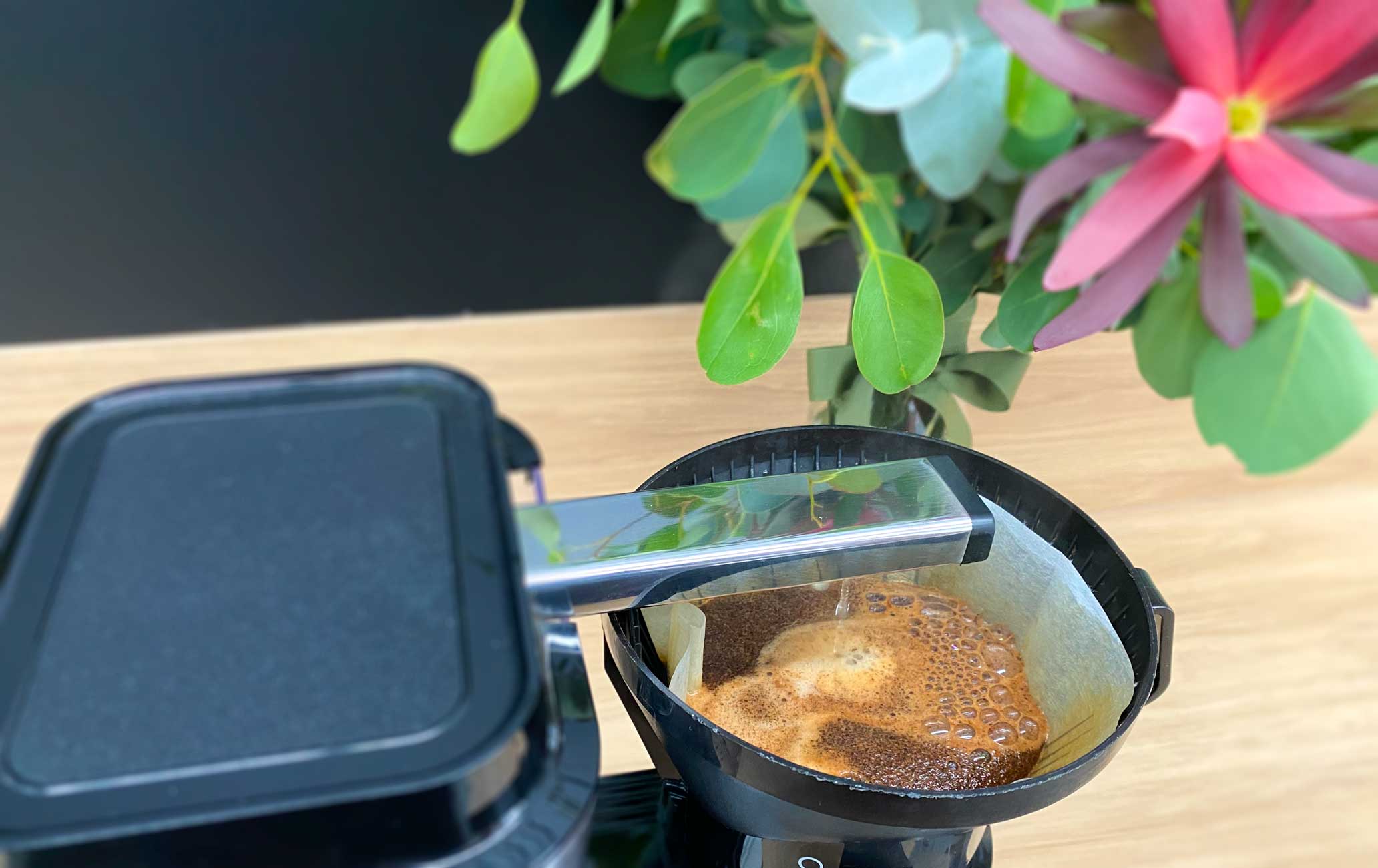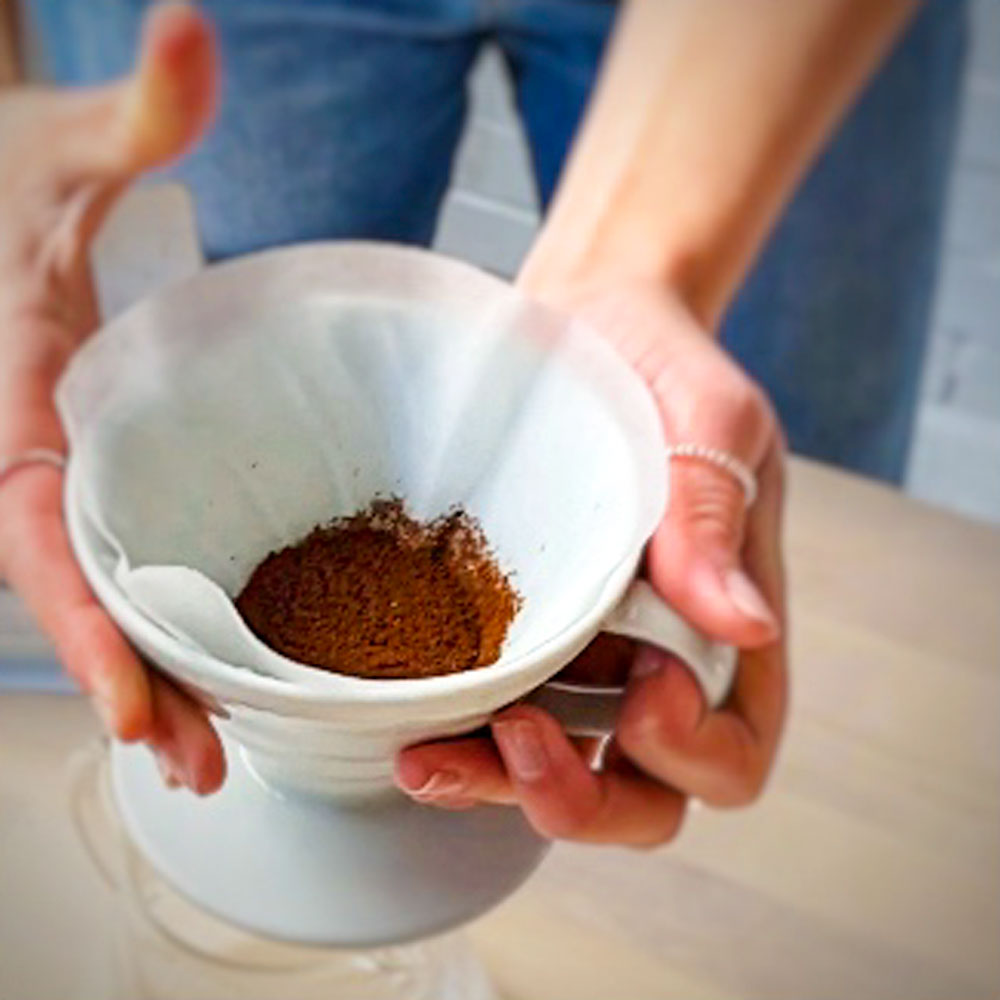Perfect for pour-over, batch-brew and plunger coffee.
-
Filter Microlot | Honduras | Finca Las Flores
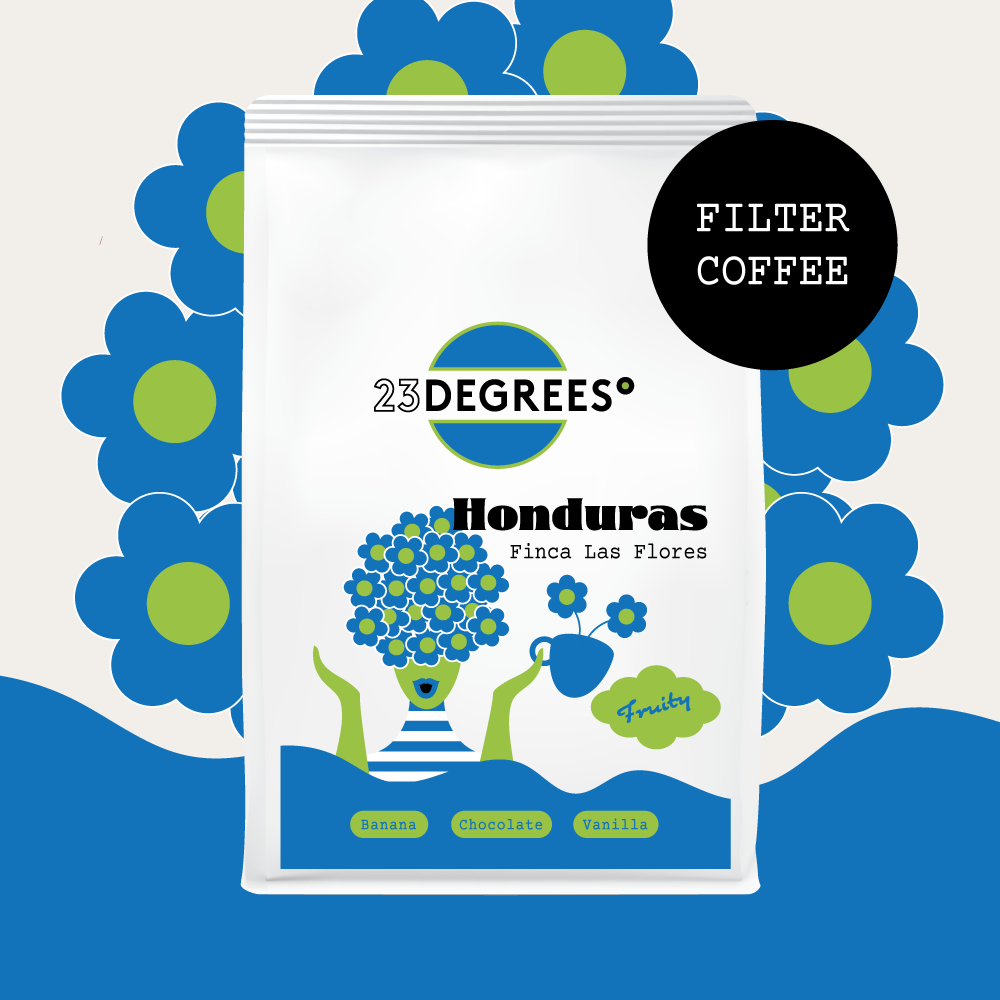
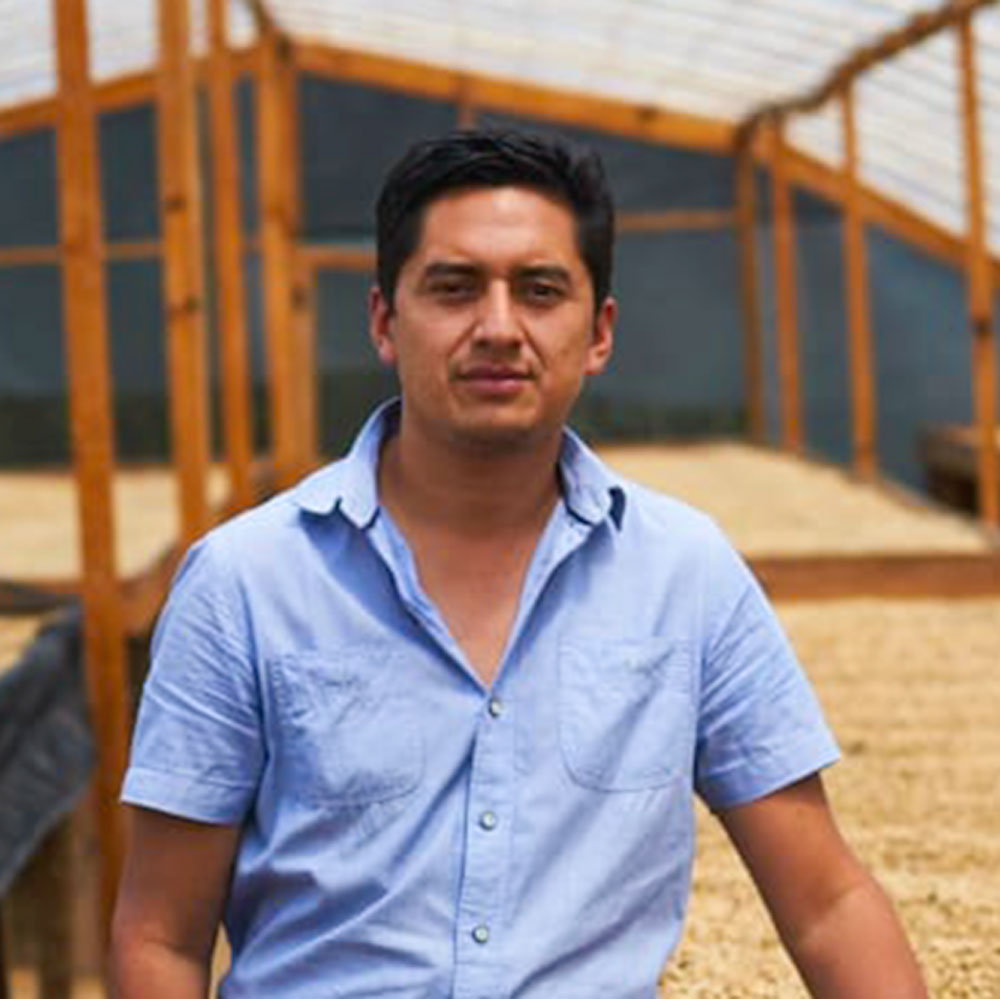 Vendor:Filter Microlot | Honduras | Finca Las FloresFruity - Cooked Banana - Chocolate - Vanilla
Vendor:Filter Microlot | Honduras | Finca Las FloresFruity - Cooked Banana - Chocolate - Vanilla- Regular price
-
$22.00 $76.00 - Regular price
-
- Sale price
-
$22.00 $76.00
-
Filter | Colombia | Cauca | Women Growers' Coffee
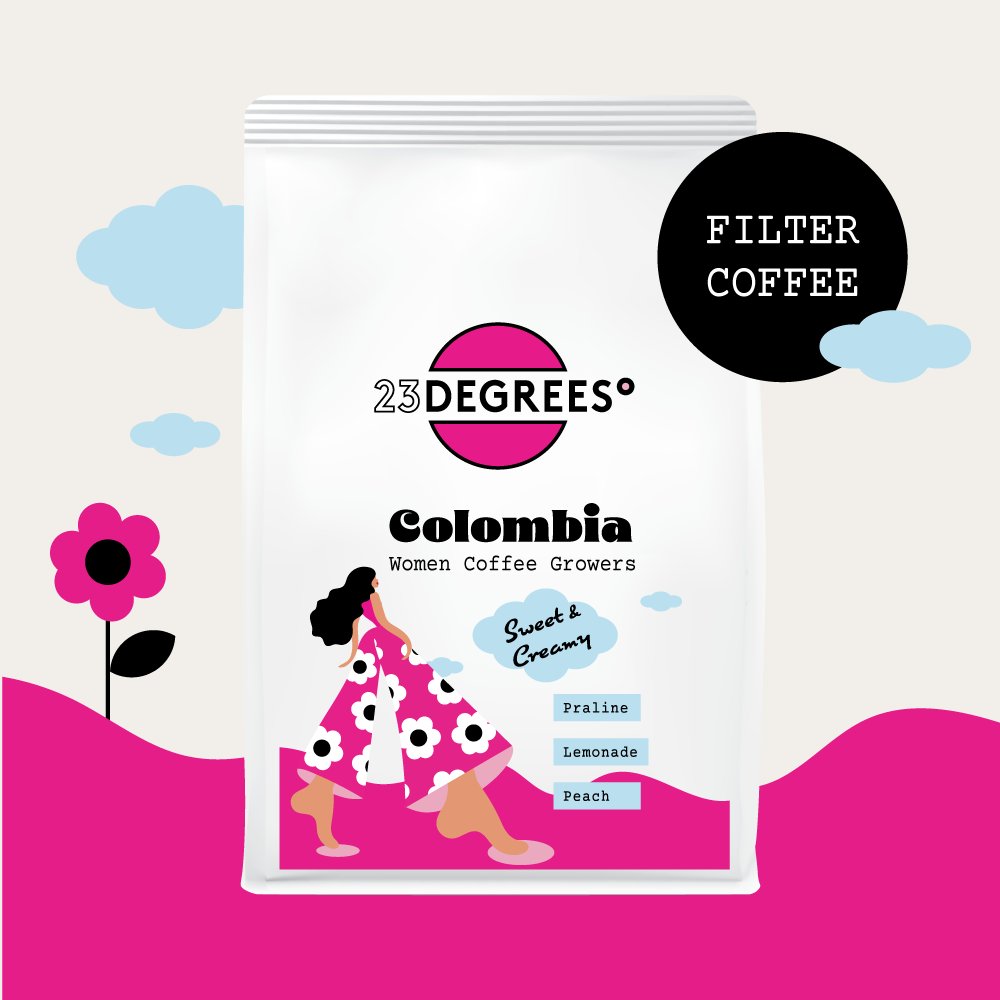
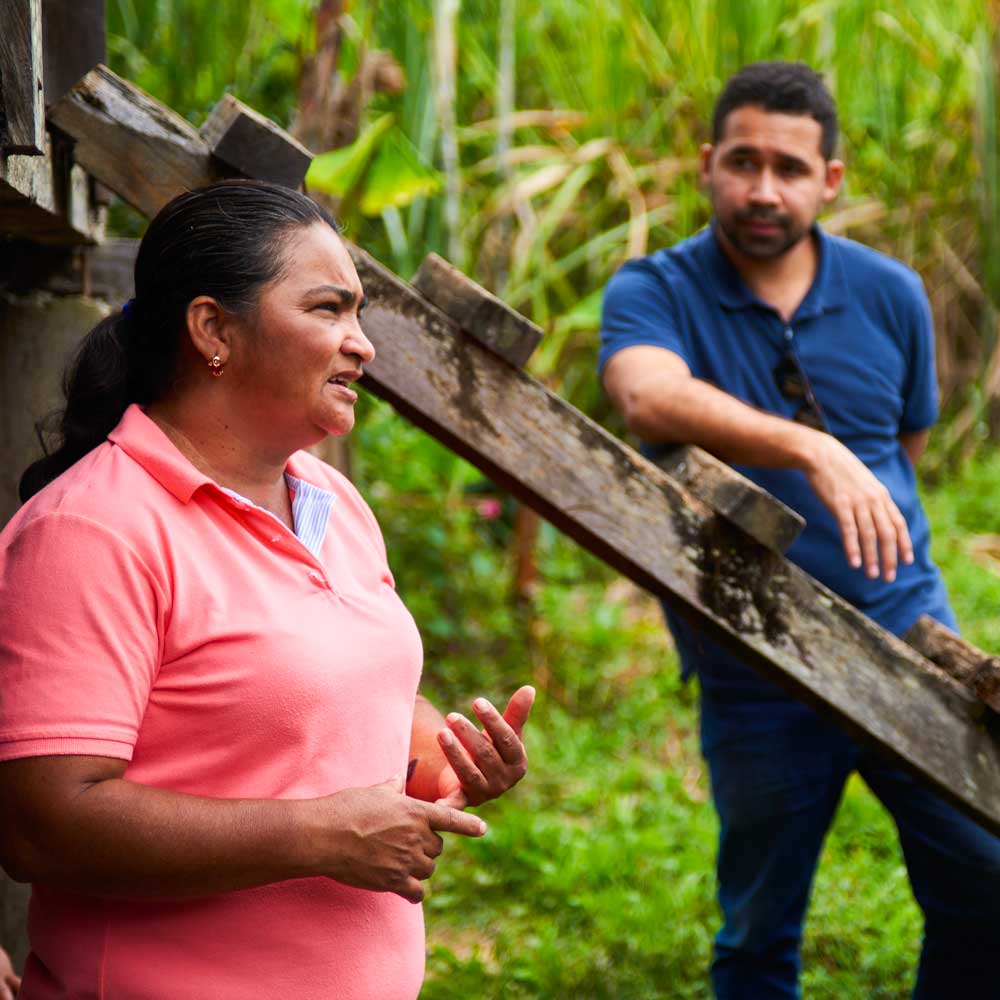 Vendor:Filter | Colombia | Cauca | Women Growers' CoffeeCreamy - Praline- Sweet Lemonade
Vendor:Filter | Colombia | Cauca | Women Growers' CoffeeCreamy - Praline- Sweet Lemonade- Regular price
-
$19.00 $68.00 - Regular price
-
- Sale price
-
$19.00 $68.00
-
Filter Coffee Subscription
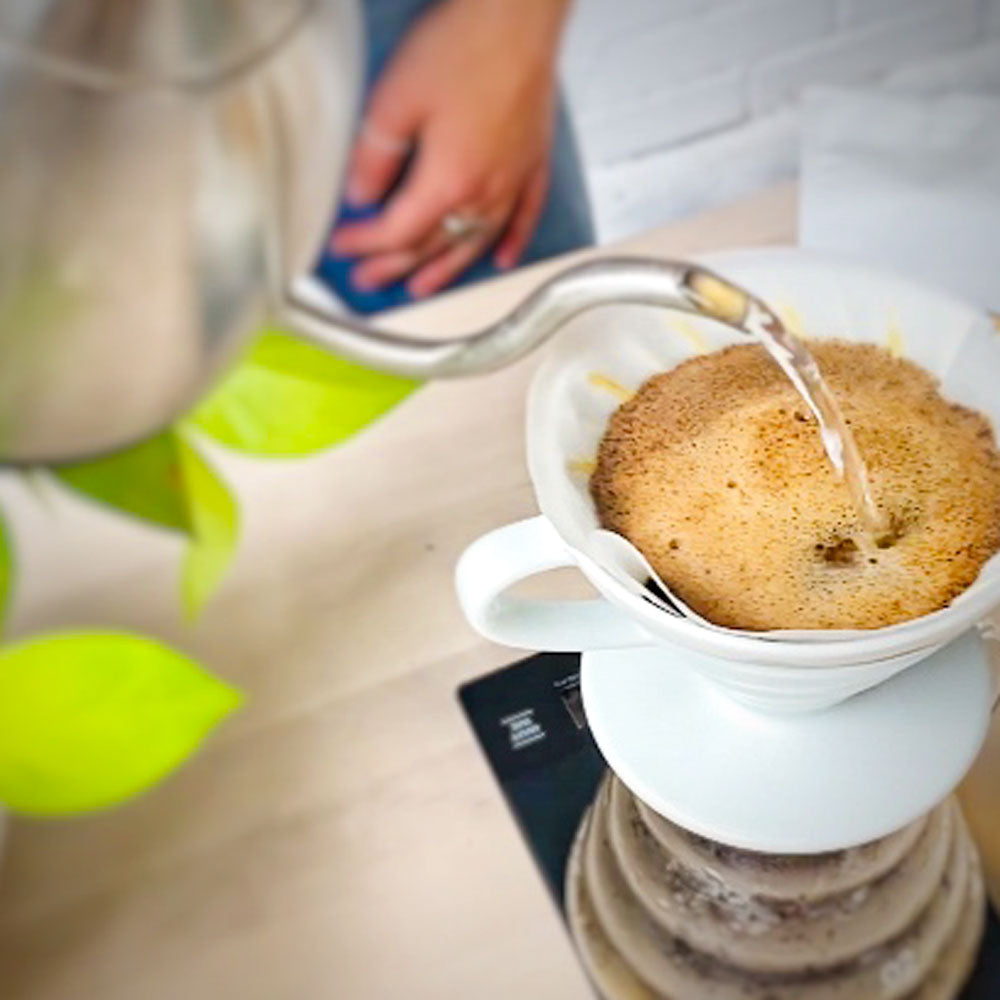
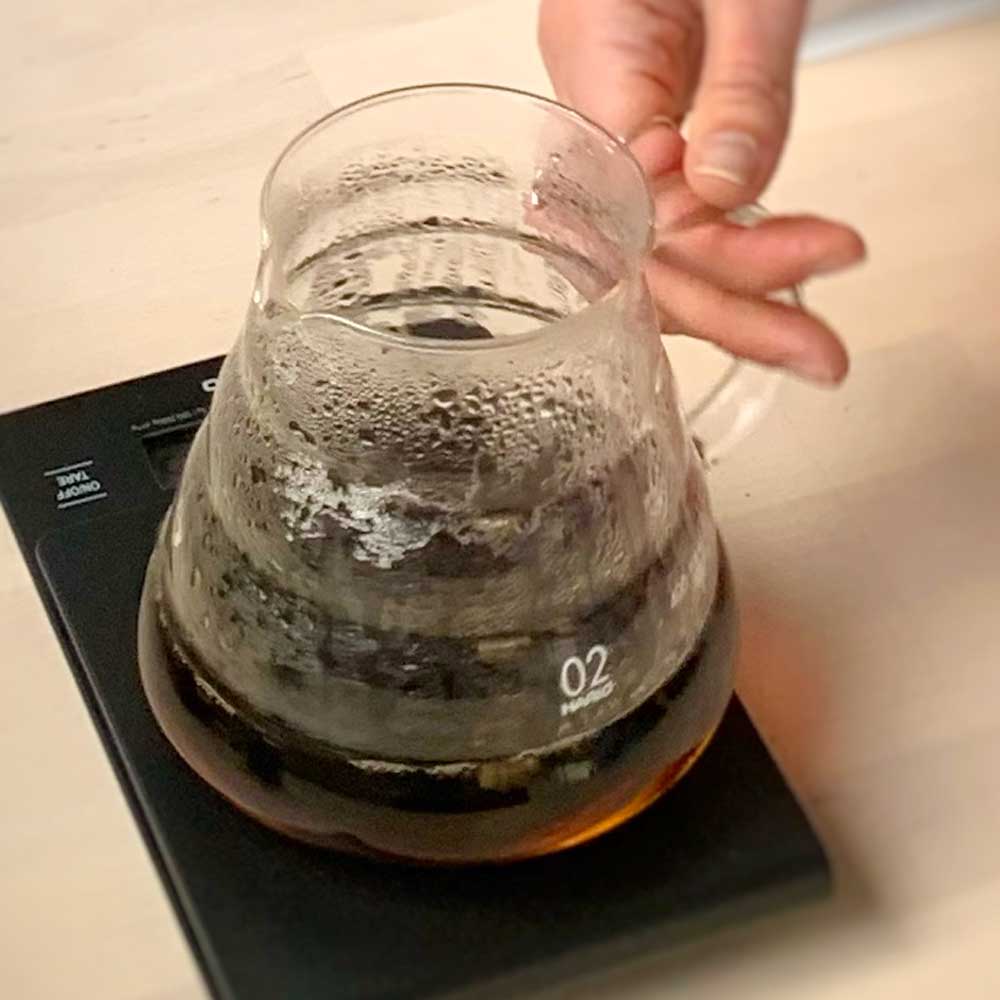 Vendor:Filter Coffee SubscriptionCoffee Subscription
Vendor:Filter Coffee SubscriptionCoffee Subscription- Regular price
-
$20.00 $72.00 - Regular price
-
- Sale price
-
$20.00 $72.00
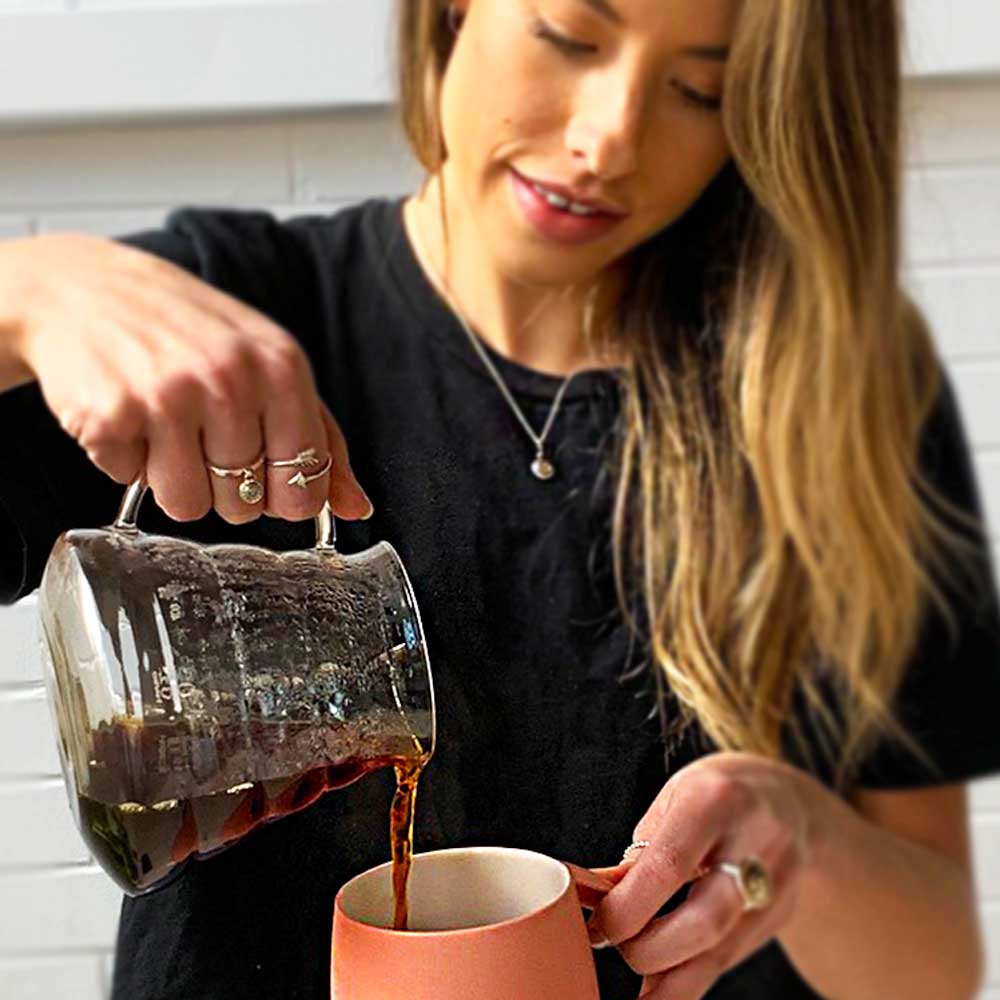
Discover filter coffees.
Have you fallen in love with the ritual of preparing your filter coffee? Then, you'll enjoy experiencing our single-origin filter coffees. We roast our filter coffees to a lighter roasting profile. That means we roast the coffee shorter and finish the roast with a lower end-roast temperature. The result: a cleaner cup profile, wonderful distinctive flavours, and heightened acidity.
What are the best brewing methods for using filter coffees? Lighter roasted coffee beans are less porous than darker roasted coffee. As a result, when you brew a filter coffee, the coffee's solubles, the tasty bits, extract more slowly. That's why lighter roasted coffees are best suited to slower extraction methods such as pour-over, batch brew and plunger-style coffees.
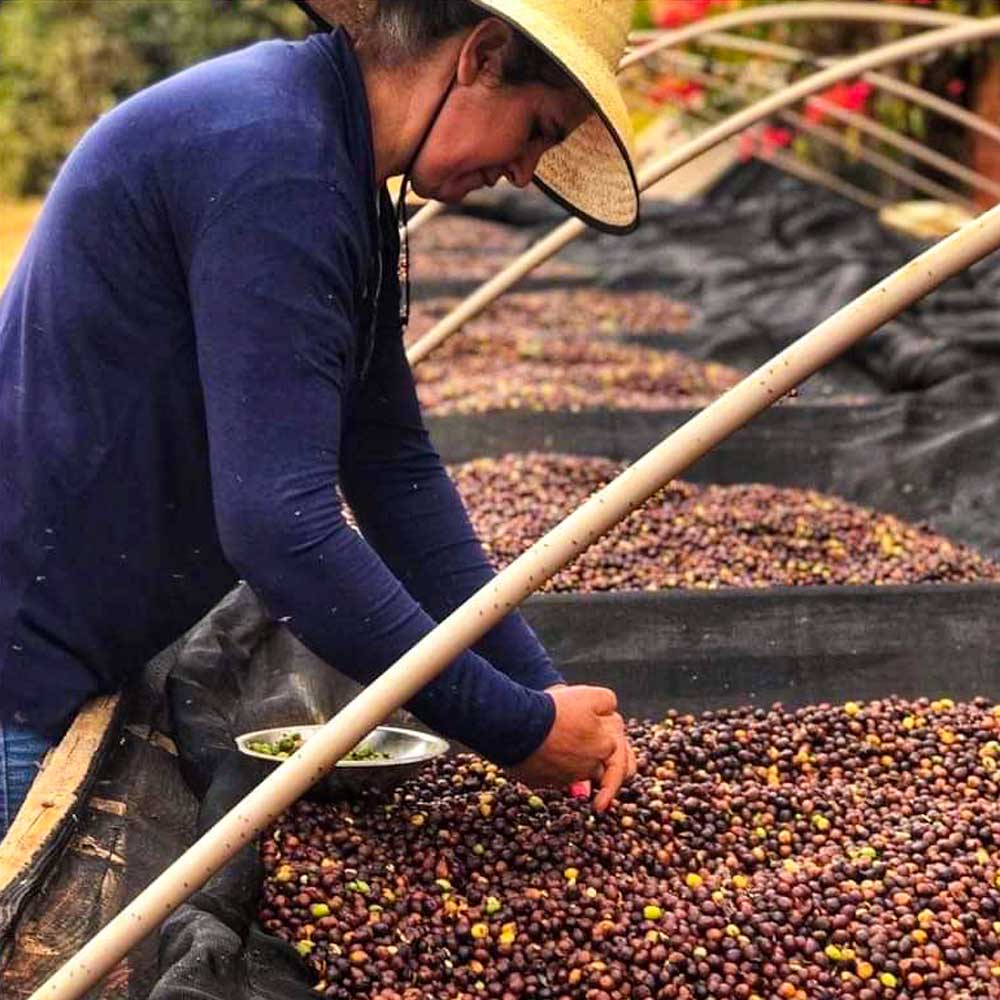
What processing method is best for filter coffees?
Well, that depends on the flavours you'll.
Natural-processed coffees can display a diverse range of fruit notes. That's because after the coffee cherries have been harvested, they are left intact and spread out to dry in the sun. That allows the beans inside the coffee cherries to draw in all those yummy fruit flavours and sweetness from the surrounding fruit flesh.
Washed coffees are known for their pronounced acidity and often floral notes. In the washed processing method, the outer skin and most of the fruit flesh is separated from the coffee bean in a procedure called de-pulping. The coffee is then moved into fermentation tanks with clean water, where the remainder of the fruit flesh is removed by fermentation.
So, if you are after a fruit bomb, look for natural-processed filter coffees. Washed coffees are for you if you are after a clean cup with pronounced acidity.
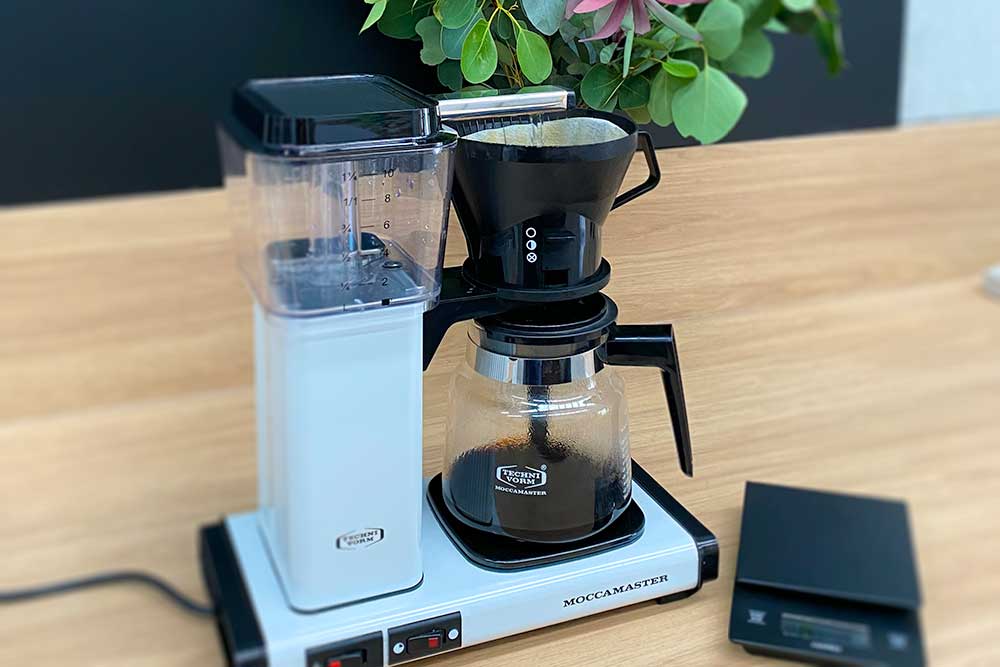
Brewing methods for filter coffee
POUR OVER AND BATCH BREW
Think V60, Chemex, Kalita, Moccamaster ...
Drip coffees are prepared by simply pouring hot water over a bed of ground coffee. This pouring action is either done manually (pour over) or with the aid of an automatic coffee maker (batch brew).
Both, pour over and batch brew, allow gravity to draw the water through the coffee bed and filter the extracted coffee into a vessel. The hot water and the coffee grounds are in contact for a shorter period. The water extracts the coffee’s solubles and oils in a constant flow without clogging the paper filter (provided you have the correct grind size).
Based on the brewing device and paper filter thickness, filter drip coffees catch nearly all of the extracted oils and ultrafine particles. The result is a cleaner cup with a lighter mouthfeel which lets the coffee flavours and acidity shine.
Because of the drip coffees’ ability to highlight the subtle nuances of the coffee, this brewing method is well suitable for using a lighter roast profile.
IMMERSION COFFEE
Think plunger coffee, AeroPress, Clever Dripper …
These coffee brewing devices use a full immersion technique. That means the coffee grounds are fully immersed in water extracting the coffee’s solubles and oils over a longer time. The eternally popular plunger-style coffee uses a metal filter to separate the extracted coffee from the coffee grounds and allows its natural oils and fine particles (sediment) to pass through into your cup. This gives plunger coffees a richer and bigger mouthfeel but makes it harder to experience more subtle sensory notes.
Whatever your preferred filter brewing method, it won’t change the flavour of your coffee, but will affect how different flavours are accentuated and shine through.
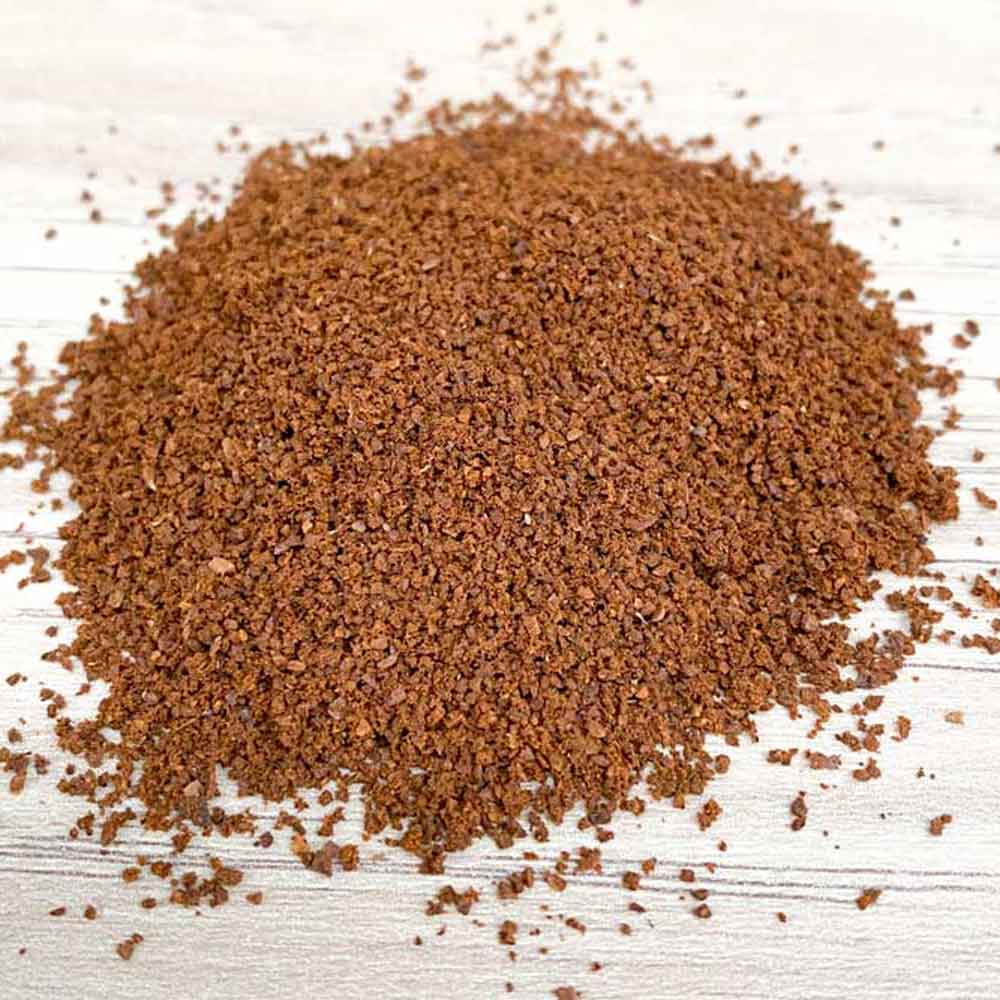
What grind size should you choose for filter brewing?
Filter coffees that we roast to a lighter roast profile are well-suited to be enjoyed across various brewing methods. The brewing method determines the grind size and will make a big difference in your coffee's taste. How so?
Well, have you ever wondered how the tasty bits of coffee beans end up in your brew? The key is extraction. Coffee extraction can be described as the process during which water infuses the roasted ground coffee and passes all the tasty (and sometimes not so tasty) bits into your cup. Now, not all of the coffee bean is soluble when it comes into contact with water. Only an estimated 30% are soluble, and of that 30%, only 2/3 are considered good solubles, so the tasty bits you want to extract.
Solubles are extracted at different times during the extraction process. Fortunately, the 'bad' solubles, the not-so-tasty ones, take longer to dissolve and therefore are released last. If the grind size is too fine, your paper filter will clog up. That means your coffee grounds are in contact with the hot water for longer, and you'll probably end up with a bitter brew. To avoid this, grind a bit coarser. Or try to brew smaller batches. You can also experiment with the water temperature. Try hotter water to extract solubles faster and avoid clogging the filter.
What happens if you have a grind size that is too coarse? That means you'll likely have too little contact time between the water and your ground coffee to extract enough of those tasty solubles, and you'll end up with a watery, sour-tasting brew.
We typically grind plunger coffee very coarse and V60 and batch brew to medium size.
HAPPY FILTER COFFEE BREWING!









